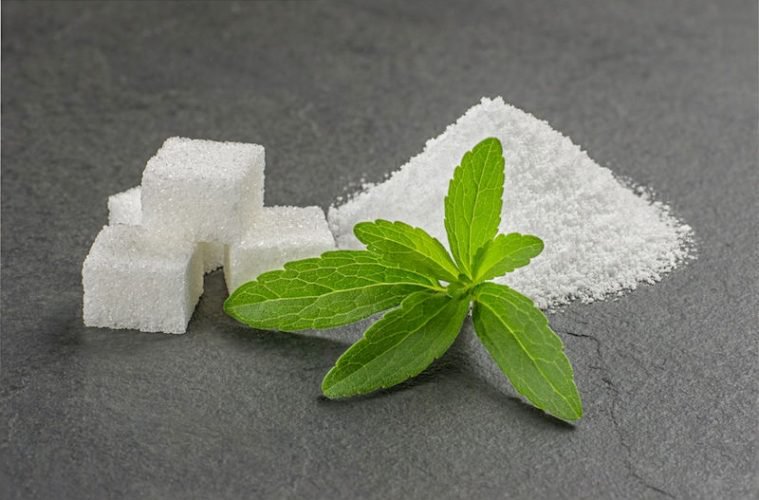Lyme disease is a very complicated disease to treat, both for the allopathic medical world and alternative medical practitioners, due to its rapid shape-shifting abilities. It also hides, and is exceedingly difficult to destroy.
CDC studies reveal that “the number of people diagnosed with Lyme disease each year in the United States is around 300,000. Notably, these estimates do not affect our understanding of the geographic distribution of Lyme disease. Lyme disease cases are concentrated in the Northeast and upper Midwest, with 14 states accounting for over 96% of cases reported to CDC.”
Conventional antibiotics often fail to produce a long-term cure, but could there be a natural way to combat the disease more effectively and safely?
A recent study published in the European Journal of Microbiology and Immunology would seem to suggest so, having discovered that Stevia has the potential to terminate late state or chronic Lyme disease.
The CDC says that, though 80-90% of the cases reported are considered resolved with the treatment of antibiotics, 10-20% of patients go on to develop the chronic form, which is a persistent and sometimes devastating illness that can harm any organ of the body, including the brain and the nervous system.
The culprit behind Lyme disease, which is a bacterial infection, is spirochete bacterium Borrelia burgdorferi. The antibiotics proven to kill this form of bacteria are doxycycline and amoxicillin. However, Borrelia burgdorferi can be found in morphological forms, including spirochetes, spheroplast (or L-form), round bodies, and biofilms. When conditions are considered unfavourable for the bacteria, it morphs into the dormant round body, then hides in a biofilm form. When conditions are favourable, however, it can shift back to its spirochete form.
The study on Stevia, titled “Effectiveness of Stevia Rebaudiana Whole Leaf Extract Against the Various Morphological Forms of Borrelia Burgdorferi in Vitro,” was conducted by researchers from the Department of Biology and Environmental Science at the University of New Haven in West Haven, Connecticut. The researchers concluded that “Stevia whole leaf extract, as an individual agent, was effective against all known morphological forms of B. burgdorferi.”
Stevia leaf extract is rich in many phytonutrients that are known antimicrobial agents. For this study, the antimicrobial effect of stevia extracts was examined in comparison to doxycycline, cefoperazone, daptomycin, as well as a combinations of these antibiotics, as they were revealed to be effective against the persistent forms of Lyme disease. Results showed that the stevia leaf extract was effective against all forms of the bacteria in lab tests. Four extracts were tested, and one was chosen as the most potent, thought to be the outcome of its growing conditions and the agricultural practices utilized.
The stevia extract was found to work against even the most antibiotic-resistant of the bacteria, known as the biofilm. The individual antibiotics, on the other hand, actually increased the biofilm rather than eliminating it.
The clinical study will need more investigation and trials to move forward, but offers promising hope that we will soon see a better and safer treatment for even the most persistent forms of Lyme disease. The study even found the extract was able to lower high blood pressure and reduce blood glucose in type II diabetics.
This article was first published by Collective Evolution

